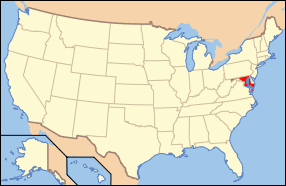Your Career
Understanding How Product Recommendation Engines Work and What It Can Do for You
Ruben Corbo

Even if it’s your first time to dab with Internet marketing, you will need just a couple of minutes to become familiar with what a search engine is – read: Google – and how it impacts your site or blog. But if you’ve come across the term “product recommendation engine” then this may get you scratching your head because you probably have no idea what it is and how it works. One thing you can be sure of, though: it’s something you are likely to have already encountered in the past. You just didn’t know it.
What Is a Product Recommendation Engine?
Most shopping websites, regardless as to whether they are auction based like eBay or are just one sprawling marketplace like Amazon, tend to prominently feature a list of recommended products on their homepages. These lists are the results of their product recommendation engine.
They work by taking into user preferences or your preferences for that matter and then correlate it with the products and services available on the site. Needless to say, product recommendation engines naturally enjoy access to the entire product and service database of the website. Information is filtered with your preferences in mind and, afterwards, the product search engine comes up with a list of products and services that it considers likely to appeal to you.
Predictions made by product recommendation engines are not only based on the description of the product and service but also on whatever information it can obtain from your own social environment and previous web history.
How Does a Product Recommendation Engine Work?
They typically utilize three types of approaches to come up with the most accurate results for a website’s potential customers.
Collaborative Filtering
With this approach, a product recommendation engine first gains access to a pool of users and collects data based on their behavior online, their activities, and their preferences. All the information collected is then filtered and submitted to a platform which categorizes them into products that a group of users may like or dislike.
When you visit the site, the first thing it will do is to determine which group of users you belong to. From there, it will provide recommendations on the assumption that your tastes are similar to users it had studied in the past.
Content-based filtering
With this type of approach, product recommendation engines use complex algorithms so that only activities, browsing history, and preferences attributed to you alone are considered. This approach will be increasingly effective the more time you spend browsing the site. But the product recommendation engine will have nothing or little to base its recommendations on during the first few times you visit the site. During those instances, the results provided by these engines are likely to be not as accurate as you would desire it to be.
Hybrid Recommender Systems
Finally, there’s the hybrid recommender system. Many consider this as the best approach because it combines the two aforementioned strategies. Because the web behavior, activities, and preferences of similar users as well as those attributed to the actual target customer are both considered, the product search engine has more information to work with. Consequently, that means having a better chance of improving the accuracy and validity of its predictions.
You can come up with a variety of predictions or recommended products when installing a product recommendation engine in your own shopping website. A good example of how broad its work can be would be Amazon, which utilizes its own product recommendation engine to come up with different types of recommendations such as “Related Items” or “Items to Consider”. A list of “previously viewed items” is even included.















